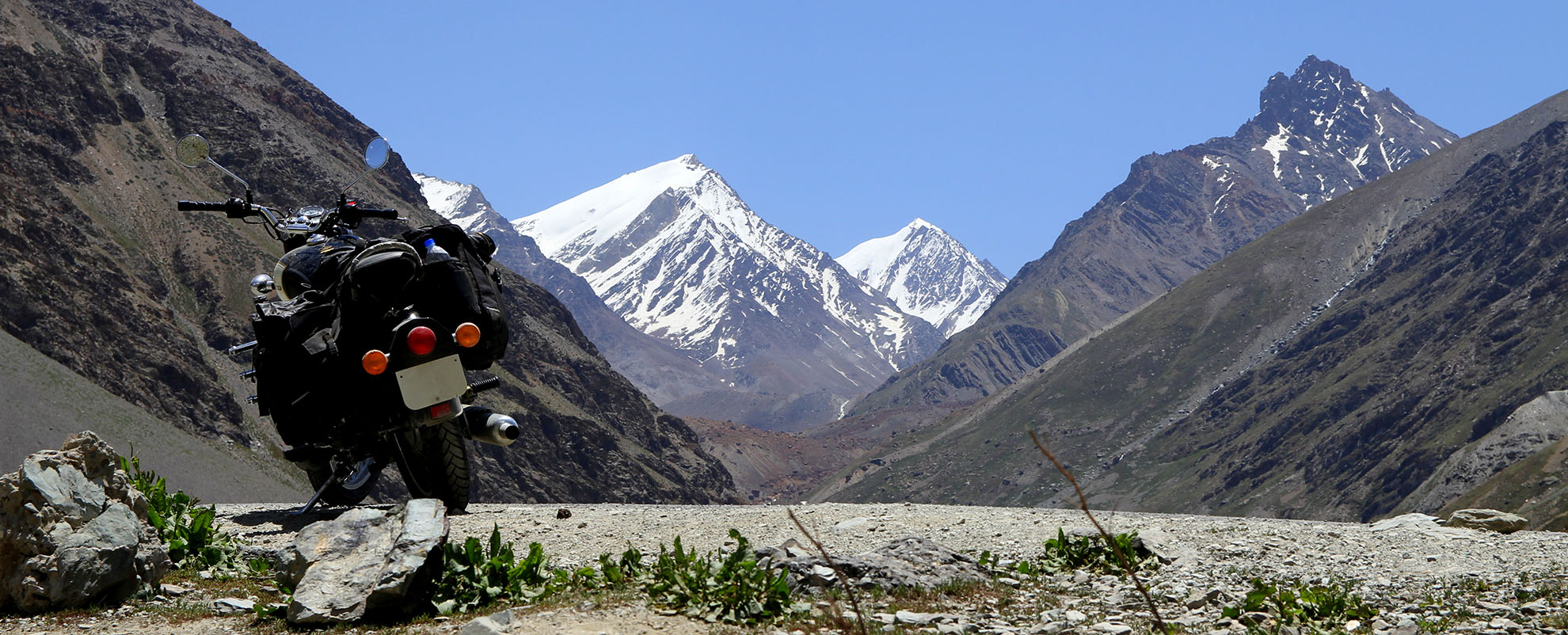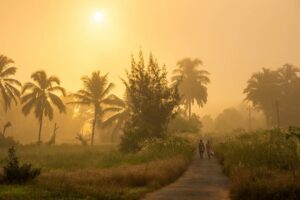Bhutan also is known as The Land of Thunder Dragon, is one the last Buddhist Kingdoms replete with stunning landscapes, ancient monasteries and fortresses, spicy cuisine, vibrant festivals or Tshechus, and most of all its peaceful and serene vibe.
If a change in pace from urban life is something you crave then this is the place to go to. The charms of this isolated Himalayan Kingdom are knitted strong within its cultural realms. And from a modern point of view; its people and government take the trouble to maintain its culture, history, and traditions.
So, why take time off to visit Bhutan?
1. Happiness matters here : Bhutan prides itself on the happiness of its people, and is the only country to measure GNH or Gross National Happiness as an indicator of its prosperity. How many cities or countries, do you know off with a similar attitude to everyday life.
2. Divine and Authentic – Picture travelling in a country where its locals immerse their everyday lives in the old traditions, religion and values. It is a place where the people value the environment and the legacy they will leave behind. And right from citizens to the government are involved in protecting the culture and authenticity of the last Buddhist kingdom.
3. Low Volume, High Impact – With a tariff of US $250/tourist (except for tourists traveling from SAARC countries) to be spent every day; Bhutan appears as one of the most expensive destinations. However, the amount includes accommodation, food, transport and an official guide.
4. A protected cultural Legacy – Bhutan’s landscape is replete with monasteries. Buddhism is engraved in the soul of the country and drives the cultural beliefs of the region. Its people especially ensure that beliefs and traditions are ingrained in everyday life. A far cry from the ‘out of sight, out of mind’ culture of big cities.
5. Natural Wonders – Bhutan is 38,394 sq km of terrain ranging from subtropical plains to Himalayan mountains and sub alpine forests. There is so much to see and experience of the natural wonders of this land that forms an integral part of the Eastern Himalayas. From the blooming of rhododendrons in spring to the rich tapestry of flora and fauna, as well as unique indigenous fauna species
Still think it’s not your cup of tea ? Well, lets take you through some more highlights of this treasure box of traditional Eastern Himalayan Life.
Tiger’s Nest Monastery

The Legendary Taktsang Goemba or the Tiger’s Nest Monastery perched at a height of 3000m on a vertical cliff. It is believed Guru Rinpoche flew to this cliff on a flaming tigress and meditated here. This spectacular monastery is one of the most sacred sites to the Buddhist pilgrims.
Paro Tsehcu (Festival)

Tshechus are annual Buddhist festivals translating to “tenth day” and showcase Bhutan’s well-preserved religious culture. The Paro Tsechu festival features dances performed by trained monks and laymen in amazing masks and costumes. Celebrated in honour of Guru Rimpoche ( the saint who brought Buddhism to Bhutan), it’s one of the most prominent festivals of the region.
A highlight of the Paro Tsechu is the unfurling of the silk Thangka – so large it covers the face of an entire building and is considered one of the most sacred blessings in the whole of Bhutan.
Thimphu

Spring time and the blooming of Rhododendrons

The advent of Spring in Bhutan is marked by the blooming of over 40 + species of Rhododendron in the upper reaches of the region. From scarlet, deep pink, and lavender to burnt orange, white and yellow – the colors of these beautiful shrubs line forest roads and trekking trails.
Arts & Crafts of Bhutan

Zorig Chusum or the 13 Bhutanese arts are rooted in the Buddhist philosophy. Pema Lingpa, a treasure discoverer introduced 13 arts and crafts namely, woodwork, stonework, paper making, carving, painting, sculpting, wood turning, black smithy, ornament making, bamboo work, weaving tailoring, to Bhutan in the 15th century.





